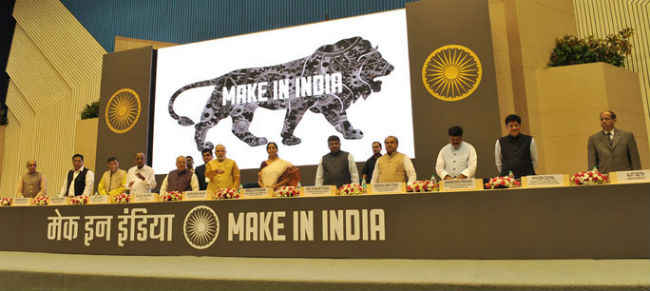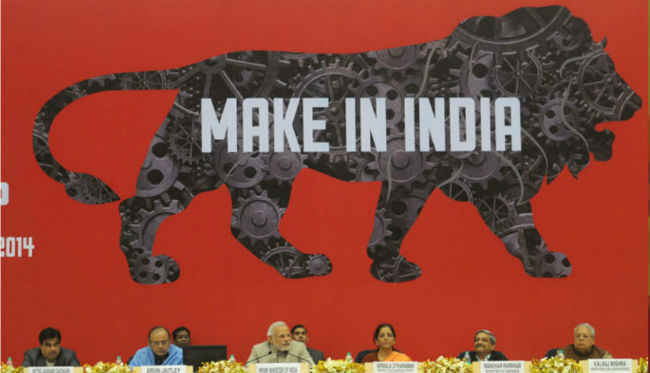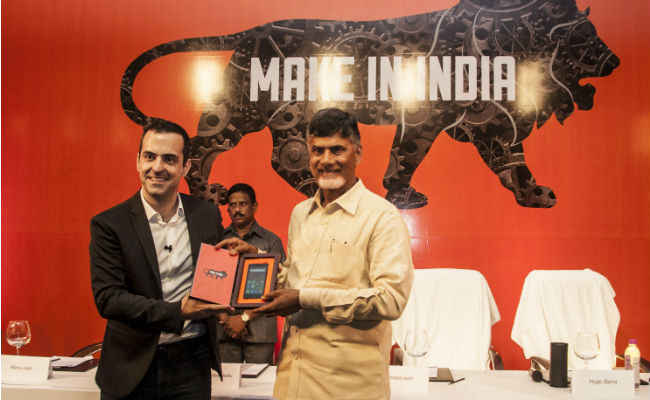How much of a price reduction will Make in India bring about?

It's lesser than you may have hoped for, and there are way too many caveats for it to ever succeed.
Well, as it stands, not much, and there’s a catch, way too many actually. Firstly, it’s a really long term process. When we say long term, we mean really long term. Secondly, the price reduction may not exactly be as big as what you’re looking for. “In theory, phone manufacturers can reduce the price by as much as 12.5% by passing down the import duty tax savings. Of course, not all of that would be passed down to the consumer. Also, making, rather assembling phones in India, will have some overhead initially. So, the consumer could see less than 5% reduction in pricing,” says Mahesh Lingareddy, CEO and Co-Founder, Soft Machines, a company that develops semi-conductor IPs and other solutions.
Lingareddy’s comment actually tells you more than what meets the eye. Firstly, the myriad headlines you see today about phones being made or manufactured in India are exaggerations. All of those phones are simply assembled in India, which means, going by the above statement, their prices can be reduced by less than 5%. That too depends on whether a company is willing to pass down what it saves to the consumer.
The 12.5% reduction in price sounds more promising though, but again, if it is passed down to the consumer. Consider though that a company would want to use the cost savings for research and other purposes, which means you’re looking at something between 7-10% reduction in price. Now that’s not much is it? What’s more important is that even for this to happen, a phone actually needs to be ‘made’ in India.
When asked whether India actually has the infrastructure for this to happen, Lingareddy clearly says, “No, India doesn't have the infrastructure to manufacture a phone completely. It is going to take a while. Skill set, investment capital and infrastructure needs to be built up especially with respect to PCB manufacturing and SMT. All the recent PR around making phones here must be taken with grain of salt, as we are merely doing limited assembly and testing and still call it made in India. We still have ways to go.”
The integrated semi-conductor industry will probably never come to India yet. Companies like TSMC will never make chips in India, even if fabless semi-conductor manufacturers are excited. India currently doesn’t have the skill for these companies to come to India. “The experience with fab technology is very low indigenously in India. So this is going to have to take some level of skill development and training, possibly through importing some talent or otherwise. No foreign company has opened a fab in India right now. So, the actual skill level is quite low,” says Rajiv Kapur, Managing Director, Broadcom India.
Further, even if the facilities are developed, it doesn’t mean that the cost of chips will automatically go down. For one, setting up a foundry is a complicated and expensive process, and India has to start from square one. Even then, there are more factors involved, “At the end of the day, the cost of the wafers, is a part of the cost of the chip. It’s in some sense like gold jewellery, the more gold you put in, the more the gold is going to cost. Just because a fab is opening India is not a statement that it will be cheaper. There are two unknowns today, which technology node is opened in India, and how will it be priced compared to the rest of the global chain. That is the key answer you need,” says Kapur.
It’s not that the Indian government isn’t putting in the right efforts for make in India to succeed, it’s just that it’s a herculean task. “India has a growing appetite for electronic goods, which means there is obviously a strong demand in the market for such devices, including smartphones. Incidentally, 65% of the current demand for electronics products is met by imports. So, there is definitely space here to build a local manufacturing hub. Add to this India’s design expertise, favourable government policies and incentives offered for foreign investment, and the intent is correct, as proven lately by Foxconn’s $5bn pledge of investment in the country,” said Dr. Finbarr Moynihaan, GM, Corporate Sales, International, MediaTek.
As Micromax’s CEO Vineet Taneja says, despite the government’s best efforts, equating make in India to pricing is not correct, since other factors are also involved, including the recent market fluctuations. The government has currently given duty advantages of 11.5% to mobiles made in India, while tablets are getting a 10.5% advantage, but it may still not be enough.
You need to look only as far as the Xiaomi Redmi 2 Prime, which is supposedly the first ‘made in India’ phone. Being assembled in India, the company was able to launch it at Rs. 6,999, which though competitive, isn’t really the price cut that you may have hoped for.







